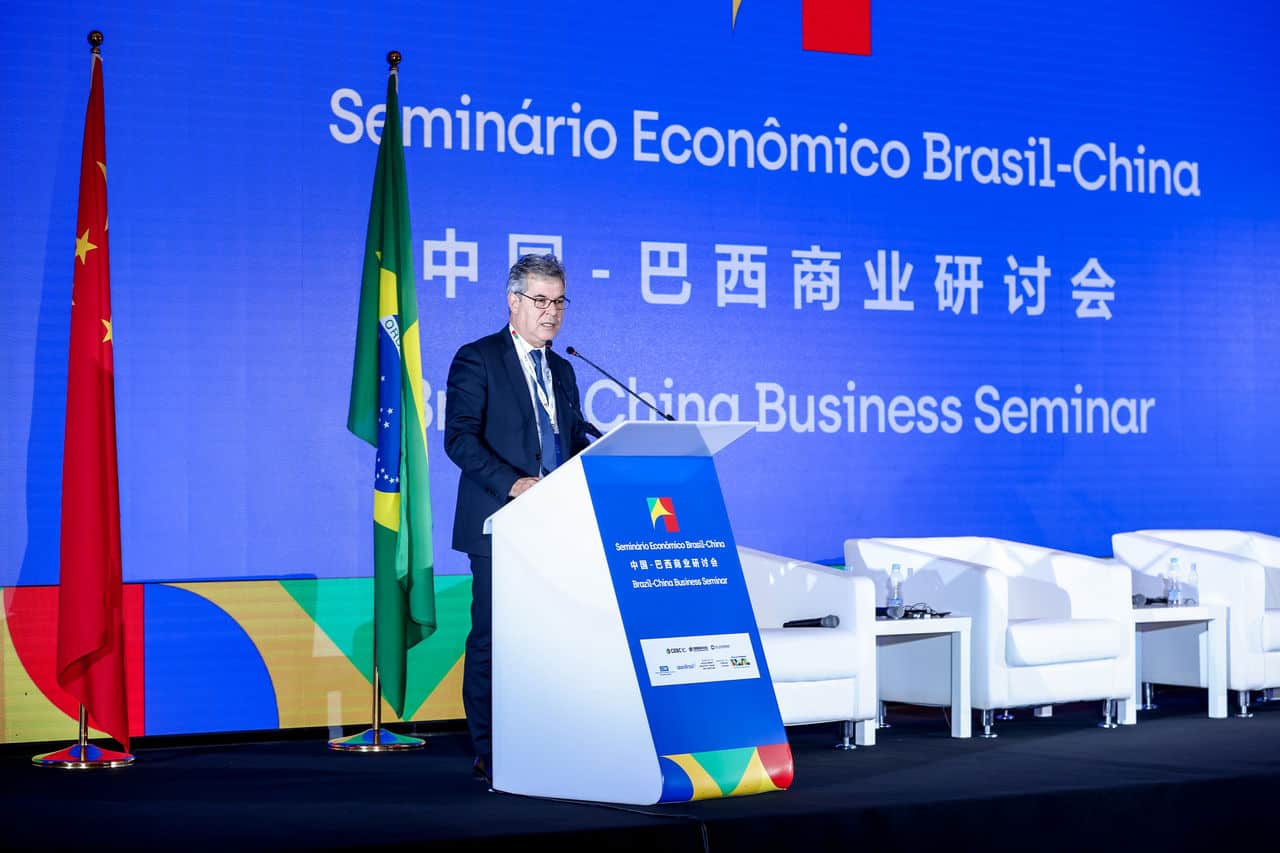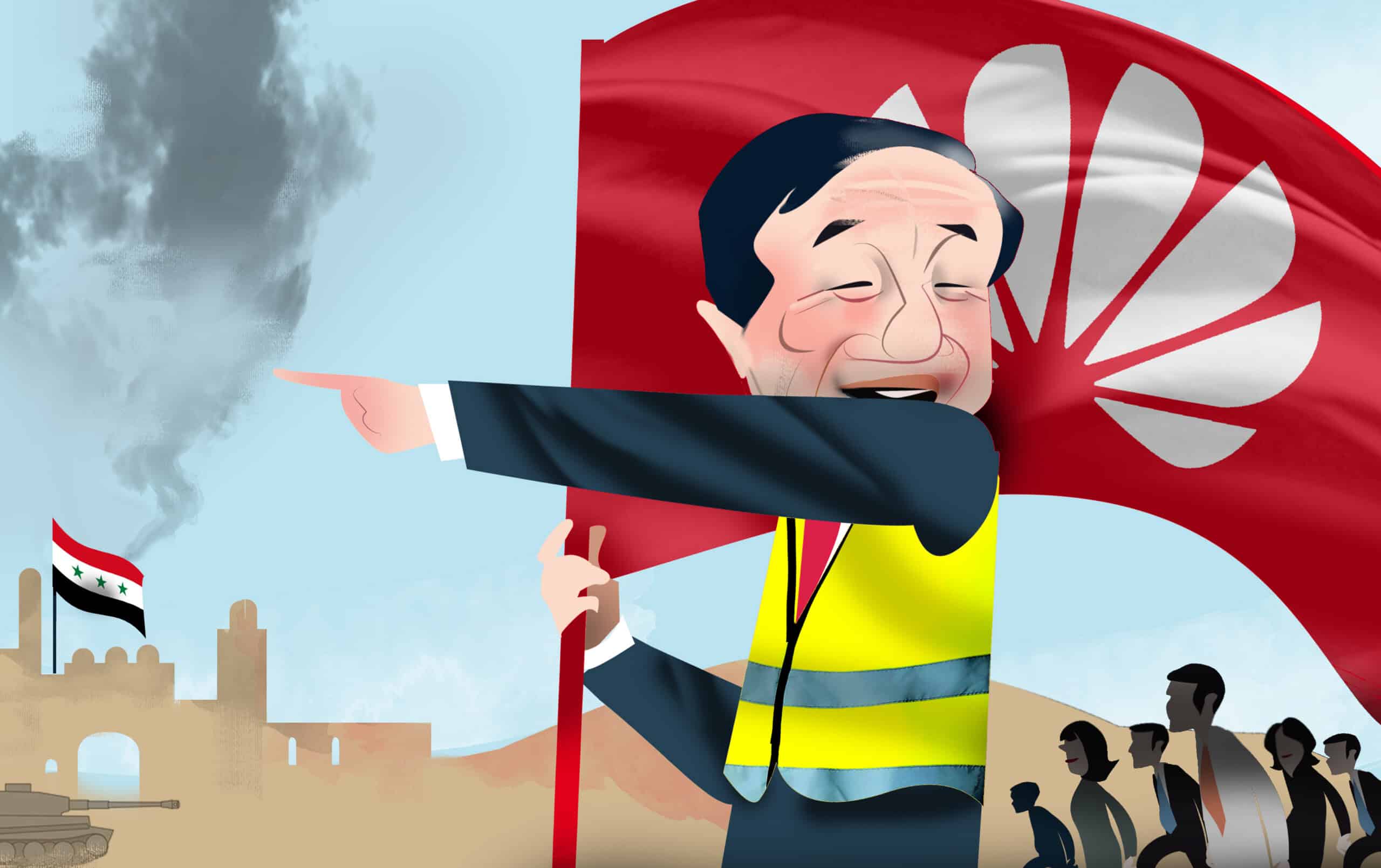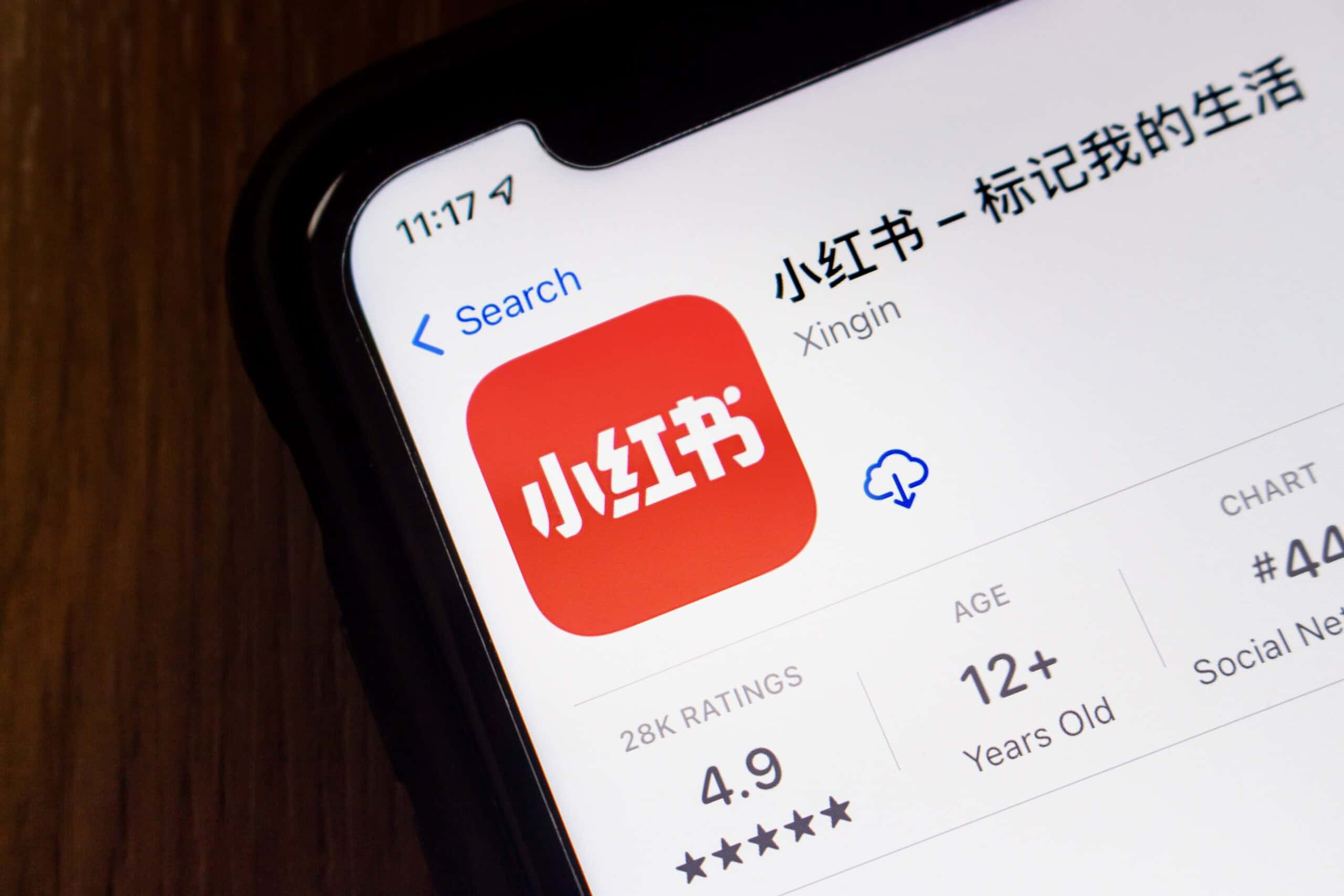
China’s foreign investment is booming as its companies search for profits overseas. But for some countries, their arrival has brought complications.

Last month, Brazilian authorities suspended operations at a factory site owned by Chinese carmaker BYD in Camaçari city in the northeastern Bahia state, after the country’s labor ministry said it had rescued 163 workers from “slavery-like” conditions which saw them forced to sleep on beds without mattresses and their passports withheld by the company. BYD says it has terminated Jinjiang Group, the subcontractor for the construction project, while Jinjiang has denied the allegations.
The closure of what was set to be BYD’s first electric vehicle plant in South America is a setback for the Chinese carmaker. But it’s also a sign of the tensions arising even in countries friendly towards China as it exports its industrial model — and as emerging countries try to balance their desire for Chinese capital with ensuring its firms play by the rules and contribute more to broader economic development.
Chinese investment in emerging markets “creates jobs, it’s renminbi coming in, and it’s fueling economic growth in these countries,” says John Evans, co-founder of the consultancy Tractus Asia. “But there are local concerns about competition for local suppliers, how it is going to impact a legacy sector, and if these countries could also be hit with [U.S.] tariffs.”

With economic growth sluggish at home, the incentive for Chinese companies to look abroad has risen, despite growing hostility towards them in major markets like the U.S. and Europe. China’s foreign direct investment reached a record high of $295 billion last year, defying the downward global trend, according to estimates by the Economist Intelligence Unit.
The lion’s share of that capital is now heading to developing countries. Compared to advanced economies, the rest of the world’s portion of announced investment deals from China grew from 20 percent in 2016 to 72 percent in 2023, data from the Rhodium Group shows.

One of the beneficiaries is Mexico, which saw $5.6 billion in Chinese greenfield investment in 2023, the highest level in thirteen years, according to data from data firm fDi intelligence. But while the country’s government is eager to keep the cash flowing in, it is also wary of being seen as a backdoor to the U.S. for Chinese exporters, thereby placing relations with the U.S., its top trading partner in jeopardy — particularly with Donald Trump, who has already threatened to impose higher tariffs on Mexico, soon to return to the White House.
Ultimately, we will see a carrot and stick approach, [where emerging markets say] we don’t necessarily welcome [Chinese] imports, but we want you to invest in such a way that you can ensure local employment and that local industries are actually benefiting.
Chim Lee, a senior analyst with Economist Intelligence Unit
Under pressure to rein in Chinese goods flowing through the country illegally, Mexican authorities raided a complex in downtown Mexico City known for selling Chinese counterfeits in late November, seizing 7.5 million pesos ($371,000) worth of products.
Mexico City authorities raid a megastore, and seize 260,000 counterfeit products, November 28, 2024. Credit: Secretariat of Citizen Security
“Mexico is making a conscious decision to side with the U.S. and to be more selective about the type of Chinese investment it lets into the country, so it doesn’t get in the way of USMCA negotiations,” says Jorge Guajardo, now a partner at DGA Group and a former Mexican ambassador to China, referring to an upcoming review of the trade agreement between the U.S., Mexico and Canada.
Mexico and Brazil’s concerns are being echoed in Southeast Asia, where the U.S. recently slapped duties of up to 271 percent on solar imports from four countries — Malaysia, Cambodia, Thailand and Vietnam. The decision followed complaints by U.S. and Korean companies that Chinese solar panel makers have set up manufacturing bases in those countries to bypass tariffs.
Despite such measures, many Southeast Asian countries see more opportunities than risks as Chinese manufacturers diversify their supply chains. They are counting on Chinese factories to create local jobs, transfer tech know-how, and eventually lift domestic industries up the value chain, especially in sectors such as EV and batteries.
“Chinese investment in [the auto] sector is viewed positively and is being encouraged by regional governments,” says John Lee, director of East-West Futures Consulting. In order to help local companies gain a foothold in the supply chain, some Association of South East Asian Nations (ASEAN) states have specified local content requirements and other measures in their industrial policies, he adds.
Thailand, for instance, mandates that Chinese EV makers assembling cars in the country must source at least 40 percent of their parts locally. This month, a ban on the export of copper concentrate took effect in Indonesia, which has compelled a string of Chinese companies to set up processing facilities onshore by restricting the export of raw minerals critical to EV batteries, such as nickel ore.

Malaysia, where the likes of Google and Bytedance have poured in billions of dollars to build data centers, is restructuring its incentive programmes for foreign investment. According to Malaysian officials, the new framework will score companies on their ability to create high-income jobs, their ties with domestic businesses, and other contributions to the local economy.
“We do not want to incentivize industries that do not value-add,” said Liew Chin Tong, Malaysia’s deputy minister of investment, at an economic forum on Thursday.
Even Vietnam, a popular destination for Chinese investment thanks to its geographical proximity and openness, is tightening origin rules.

“The Ministry of Industry and Trade of Vietnam is working very hard on new standards for obtaining ‘made in Vietnam’ or ‘product of Vietnam’ labels, and the minimum local content requirements those labels would need,” says Marco Förster, ASEAN Director at Dezan Shira & Associates, a business advisory firm. Under the new criteria that will be finalized this year, goods that are merely assembled in Vietnam with imported parts may not qualify for such labels.
Another strand of Southeast Asian countries’ efforts is to increase their bargaining power with China by working together more. The ASEAN bloc is currently negotiating a new trade agreement with China that includes rules on competition and consumer protection for the first time.

“Ultimately, we will see a carrot and stick approach, [where emerging markets say] we don’t necessarily welcome [Chinese] imports, but we want you to invest in such a way that you can ensure local employment and that local industries are actually benefiting,” says Chim Lee, a senior analyst with Economist Intelligence Unit.
Unless Chinese companies deliver on these expectations, some warn that incidents like BYD’s incident in Brazil could be repeated. “The pressure is going to mount quite quickly,” says Alicia García-Herrero, chief economist for Asia at Natixis, a French investment bank. “The essence of it is that the benefits [of Chinese investment] have been smaller than people were expecting.”

Rachel Cheung is a staff writer for The Wire China based in Hong Kong. She previously worked at VICE World News and South China Morning Post, where she won a SOPA Award for Excellence in Arts and Culture Reporting. Her work has appeared in The Washington Post, Los Angeles Times, Columbia Journalism Review and The Atlantic, among other outlets.




